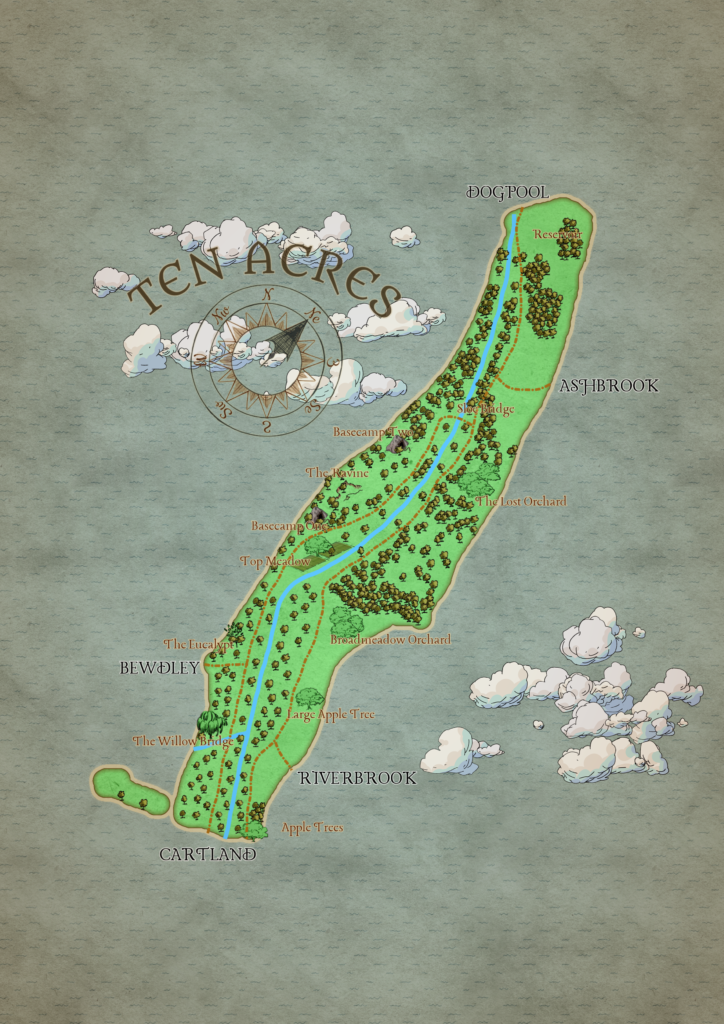Our final bat walk for the year thanks to the WMCA was last night and there was a great turnout! The bats however have become far less active so its good timing on the walks to now wind down (until next time!).
HOWEVER, not to disappoint anyone we did not only see a few Common & Soprano Pipistrelles but we also got clear readings on a Brown Long Eared Bat and a Grey Long Eared Bat, so that’s not only two new ones to add to the species checklist but also the grey long eared bat is very rare and the brown long eared bat is a priority species.
Here is a list of the species we found on site this week according to the Echo Meter 2 – a wonderful bat detection system that displays the bat calls in real time, translates them into sound we can hear, maps their GPS and auto – IDs the bats.
Soprano Pipistrelle
Listen in on our walk and this bat here
Common Pipistrelle
Listen in on our walk and this bat here
Brown Long Eared Bat
Listen in on our walk and this bat here
Grey Long Eared Bat
Listen in on our walk and this bat here
Species on Site
We can confirm the following species of bat on site with some certainty:
- Noctule (UK BAP Priority)
- Lesser Noctule
- Common Pipistrelle
- Soprano Pipistrelle
- Brandt’s Myotis
- Whiskered Myotis
- Brown Long Eared Bat
- Grey Long Eared Bat
And we have several suspected species based on the EchoMeter:
- Nathusius’ Pipistrelle
- Natterers Myotis
- Western Barbastelle
View the Map
You can view where we found these bats on our walks and view by species on the google map here:
https://www.google.com/maps/d/u/2/edit?mid=1sxBQi9UhPQkw7M1F7fUGUijG8vc1qaI&usp=sharing
So What Have We Discovered?
As you will see from the google map we created to monitor the findings of our bat walks, the bat walks have consistently picked up the same bats in the same areas. With particularly unusual bats hanging out at Sloe Bridge. This means that even though we didn’t get clear or lots of readings of some of the bats such as Myotis, they are consistently appearing in the same location so the probability for them being there increases (and not just being a fluke/error of technology).
On the last walk we picked up only one Brown long Eared Bat and one Grey Long eared Bat. Normally one would assume the Grey is a mistake and its another Brown Long eared bat but this one was the most certain of the two readings – meaning it is likely we have both or even just the Grey.
Volunteers of Friends of Ten Acres will continue to monitor the Site with particular interest in September to check in on these again as activity for the bats changes throughout the year. However, the funded bat walks (thanks to WMCA) have now ended for this year.
We can also see where the bat activity is taking place in Ten Acres, key areas appear to be Bewdley Rd entrance, along the woodland path in general, in the river around sloe bridge, at at Middle Meadow (top end alongside Ashbrook). It’s even identified a nesting spot in a hedge in the back garden of one of the houses of Ashbrook.
In the future, this bat information is going to be immensely helpful for our woodland management team. Knowing what species of bat lives where will enable them to tailor the habitat management to their liking and improve their habitat. Different bats like different conditions so with such a diverse range of bats on site this is very important to not fall into the mistake of using one management method for everything. Our team (Sustainable Life) are specialists in this, and have already managed the site with this in mind – creating varying habitats and protecting certain sections of the site while still opening up others to the public again allowing the site to be enjoyed by all. This information we have obtained will feed back into the woodland management plan for the site and inform decisions in the future.









